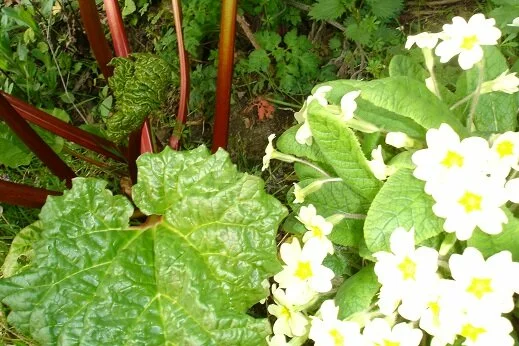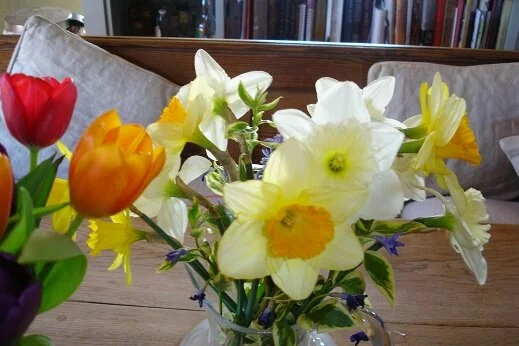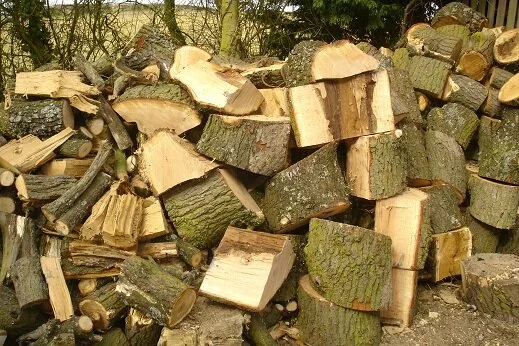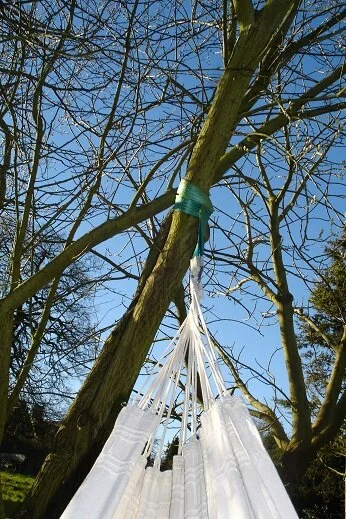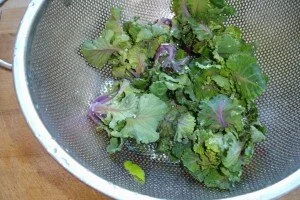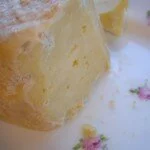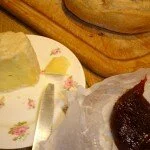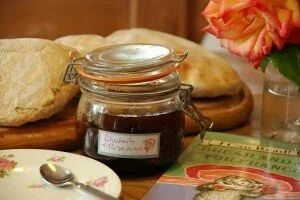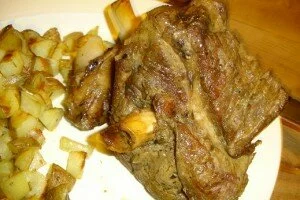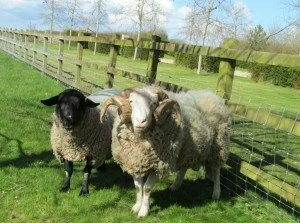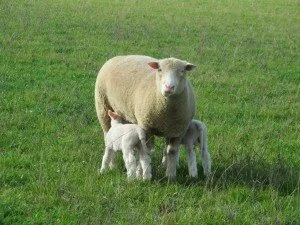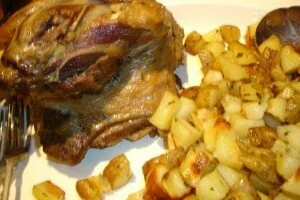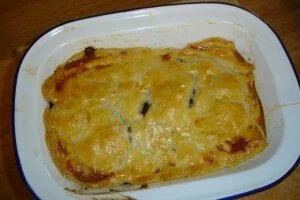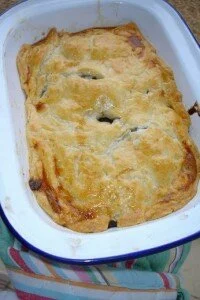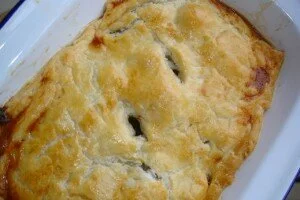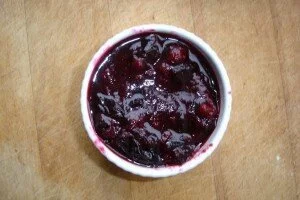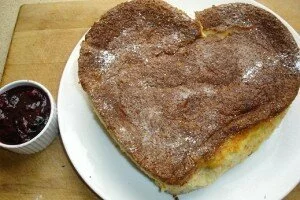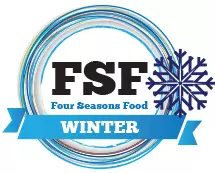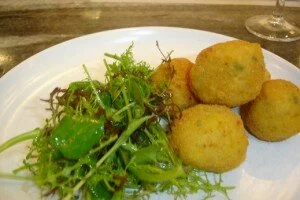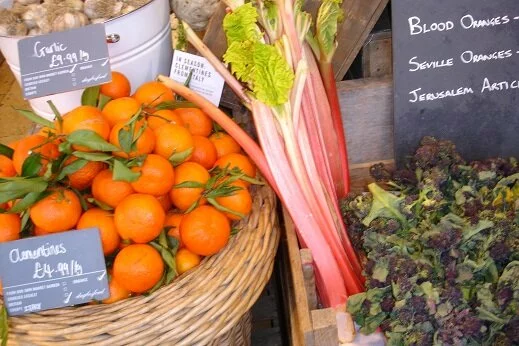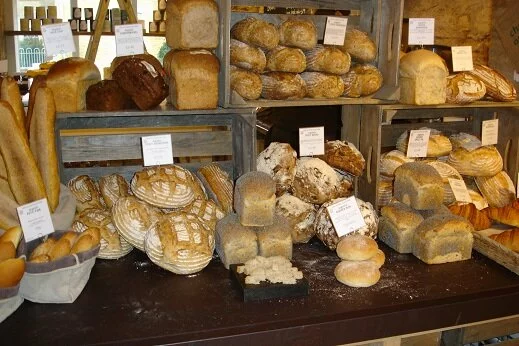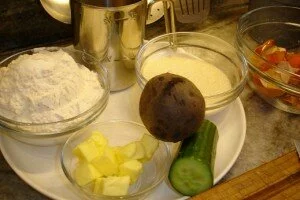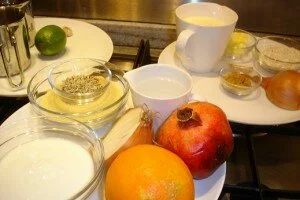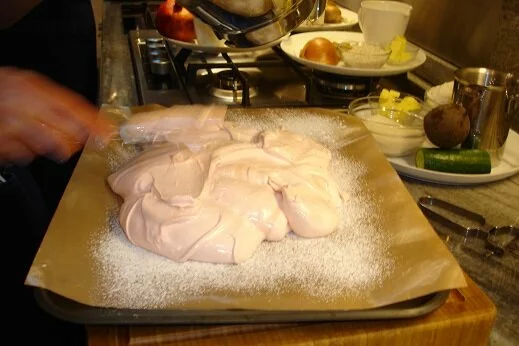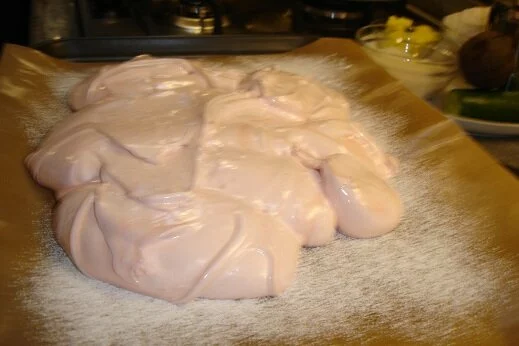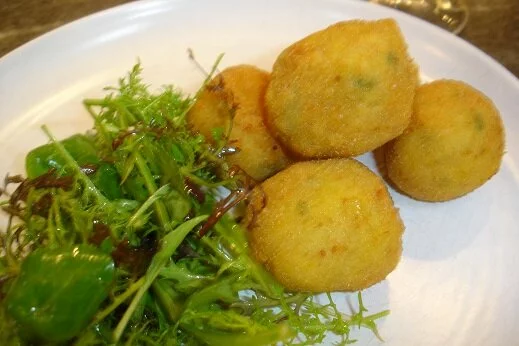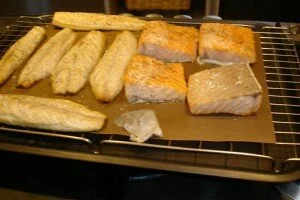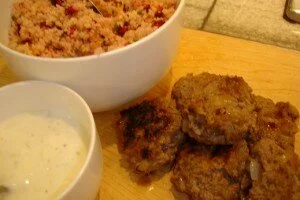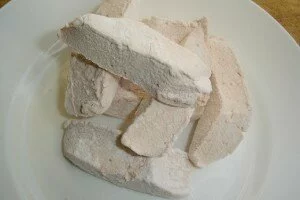“After the sugar snow had gone, spring came. Birds sang in the leafing hazel bushes along the crooked rail fence. The grass grew again and the woods were full of wild flowers. Buttercups and violets, thimble flowers and tiny starry grassflowers were everywhere. As soon as the days were warm, Laura and May begged to be allowed to run barefoot. At first they might only run out around the woodpile and back, in their bare feet. Next day they could run farther, and soon their shoes were oiled and put away and they ran barefoot all day long.”
I’ve been reading ‘Little House in the Big Woods’ by Laura Ingalls Wilder with Ruby, loving this simply but beautifully told tale of family life interwoven so closely with the seasons in a log house in Wisconsin. While I relish the descriptions of preserving food, collecting maple sap and dancing to celebrate sugar snow, Ruby loves the exciting stories (there are wolves and bears and huge wild cats in the Big Woods and the family travel by sleigh) that always end cosily.
Now that our own days are suddenly warm, pale yellow primroses have made a pretty appearance next to the slender pink rhubarb in the garden and the kitchen table is full of cheery blooms.
The hammock has made its first appearance this year. We may not be exactly barefoot, but abandoning thick socks and boots in favour of easily slipped on crocs and shoes and having the kitchen doors wide open for most of the weekend has given me a similar feeling of freedom. The very welcome sunshine also seems to have urged us into lots of activity. Guy has been chopping a large oak tree that was a casualty of the recent gales. Unfortunate (and we’re keen to plant more trees) but it’s adding considerably to the wood-pile and will keep us very warm next winter. The recent sun means it’s been possible to get the trailer into the water-logged field to bring the wood home ready for splitting and stacking.
A large extension to the very full wood-store is planned too. Funny how just as we’re welcoming Spring we’re thinking of future winters. The Oak tree has also supplied some splendid, rustic chairs for the tree-house, which has been the scene of much al fresco eating over the last week. It also became a washing house yesterday. Ruby turned into Dame Washalot (from Enid Blyton’s ‘Magic Faraway Tree’) once more, and enlisted the help of a friend in her tree-house laundry.
Old rags that we use for cleaning were ‘washed’ in buckets of luke-warm water. Yes, I need to gather them and stick them in the washing machine asap as they MAY not be scrupulously clean, but the girls were happy dangling them over the tree and pegging them out for ages. Ruby was also busy making a rabbit bike-helmet out of a shell and some old ribbon – well, someone has to be safety conscious as that bunny is partial to speed.

Meanwhile, the Spring sunshine had me enthusiastically tackling the garden, weeding and digging and planting seeds. In between making rhubarb custards to follow slow-cooked pulled pork (one of the last of the joints from our Berkshire pigs, marinated over-night in smoked paprika, garlic, beer, brown sugar) which I could forget about while I gardened. I dug parsnips from the garden to roast, picked purple sprouting and we shared it with friends, washed down with our own cider, now really quite palatable and with a very pleasing sparkle.
Amidst all our Spring activity, I had a very indulgent start to Sunday morning. Knowing that this is the only morning of the week (now that swimming lessons mean an early start to Saturdays) that there’s any chance of a lie-in I nonetheless woke to chattering birds and a promising sun and was eager to start the day. So was Ruby. While I got tea and milk, she suggested we go outside. We headed out in our PJs through the dewy, still cool garden. I strung up the hammock and we snuggled under a blanket, gazing up at the blue sky. The wild cherry tree that the hammock hangs beneath was full of buds that I hadn’t noticed before. A visiting bee obviously had though, heading purposefully on a foraging trip. The more we looked, the more life we spotted in fact. Then we sipped our tea and milk and savoured the last chapter of ‘Little House in the Big Woods.’
“…Laura lay awake a little while, listening to Pa’s fiddle softly playing and to the lonely sound of the wind in the Big Woods. She looked at Pa sitting on the bench by the hearth, the firelight gleaming on his brown hair and beard and glistening on the honey-brown fiddle. She looked at Ma, gently rocking and knitting. She thought to herself, ‘This is now.’ ”
It seemed so apt reading this while enjoying the unexpected delight of a cuddle with my daughter and a part of the day outside that we normally miss. Even though I could spy tender little nettles destined either for a Wild Greens Pie or the compost heap, I decided that all the Spring activity and planning for future seasons could wait a little while.
Very grateful to Diana Henry by the way, for leading me to Laura Ingalls Wilder’s books through her very well-chosen quotations in the wonderful Roast Figs, Sugar Snow: Food to Warm the Soul.



